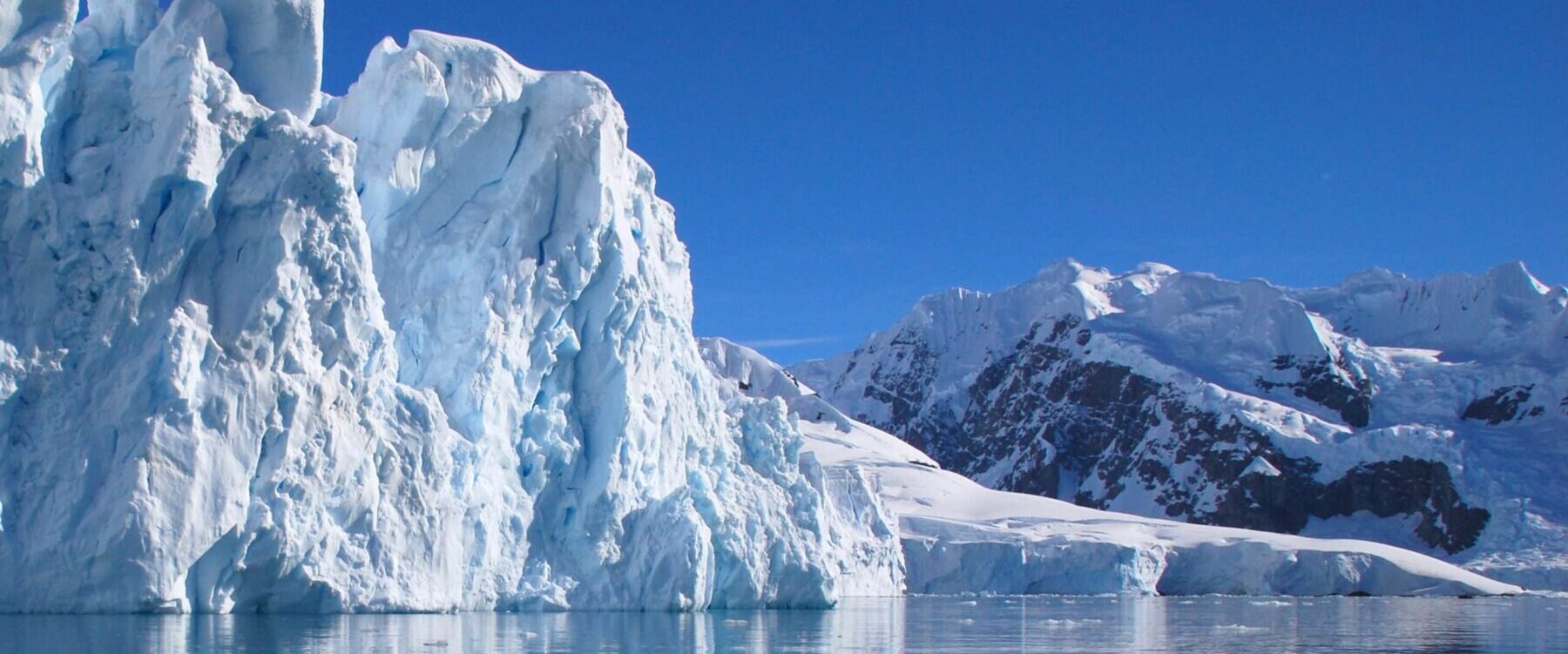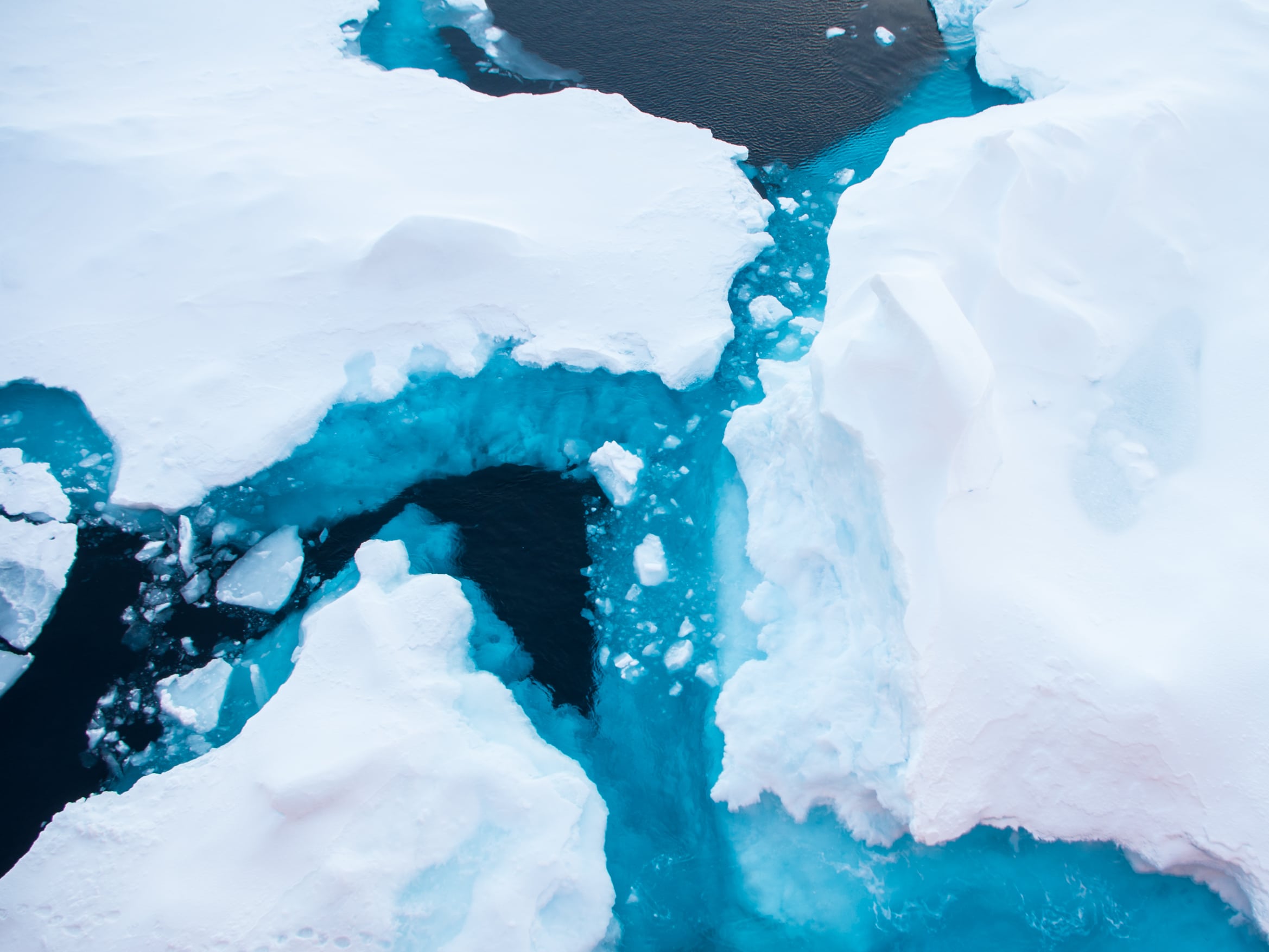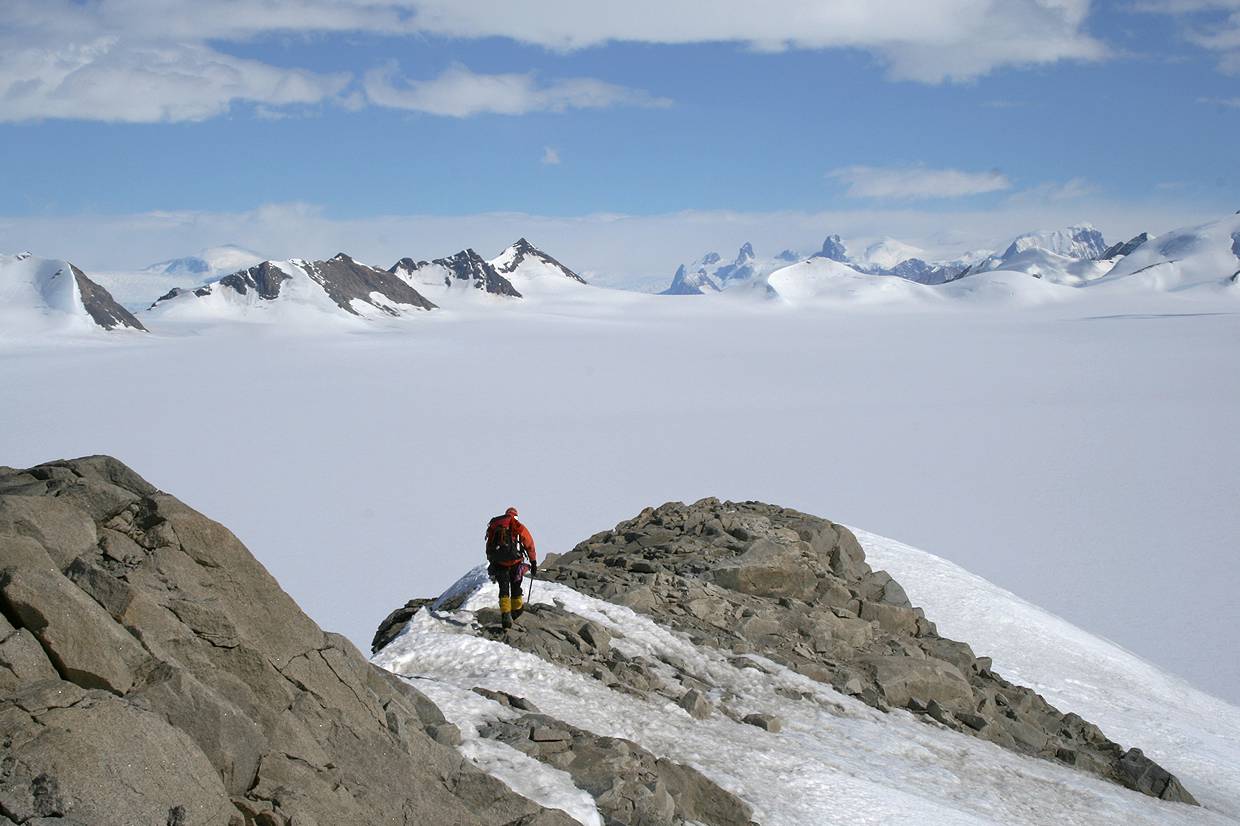
Evidence of Change
Long-term shifts in weather patterns and average temperatures are occurring due to climate change. In particular natural processes are being interupted in the polar regions.
Polar amplification
The polar regions are warming faster than anywhere else on Earth. As Antarctic temperatures increase the bright white sea ice melts, exposing more of the Southern Ocean. Over time, the dark surface water absorbs more heat from the sun, changing the albedo of Antarctica.

Antarctic voices: climate scientists
Watch videos of climate scientists talking about climate change and Antarctica.
Find out about how climate change is effecting the different scientific disciplines and what the future has in store for the continent.
The writing in the rocks
-
To understand how climate change has affected the world’s largest ice sheet on longer timescales, we need to look to the geological record of past ice sheet behaviour: the evidence left behind from geomorphological marks on the landscape.

Activity
-
Use the information in the download to draw a line graph depicting Antarctic mass variation from 2002 to 2022.







